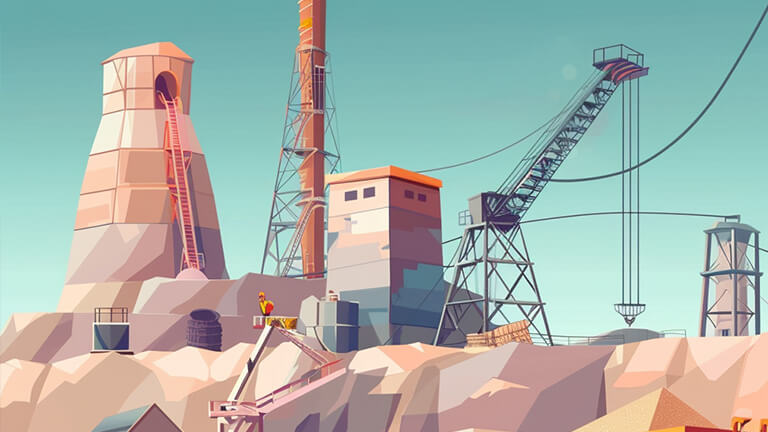Development of saltpeter#

A companion involved in the development of saltpeter has a variety of options for using this resource:
- Sell at the trading guild.
- Use to create gunpowder holders.
- Repair of the megalithic structure “Aqueduct”.
This adds interest and flexibility to the gameplay, allowing players to make decisions about how they want to use their resources depending on their current needs and strategy in the game.
You can get acquainted with the general development rules by following the link. Here you can find information about the average coefficient, as well as about the rules for completing construction.
Construction cost#
Table. Cost of building saltpeter development on the Metropolis server
| Resource | Quantity |
|---|---|
| Flour | 110,000 |
| Wood beam | 172,000 |
| Edged board | 344,000 |
| Mounting rail | 675,500 |
| Wood lining | 1,351,000 |
| Foundation block | 172,000 |
| Overlap block | 344,000 |
| Facing plate | 675,500 |
| Brick | 1,351,000 |
| Channel | 17,200 |
| Girders | 34,200 |
| Corner | 67,500 |
| Fittings | 135,000 |
Table. Cost of constructing a saltpeter development on the Enclave server
| Resource | Quantity |
|---|---|
| Wood | 146,667 |
| Stone | 146,667 |
| Crops | 73,333 |
| Iron | 14,667 |
Production#
The development of saltpeter on the Metropolis server produces 586 kg of saltpeter daily for 200 days after completion of construction. On the Enclave server, this figure is 195 kg of saltpeter per day for 200 days after completion of construction.
Product distribution#
The produced saltpeter is distributed daily among the company’s partners. The share of each clone is calculated in proportion to the nominal value of the resources he invested in production. In this case, the nominal value of the resources expended is taken into account. The amount of saltpeter is counted to thousandths.
This means that development participants who contributed more resources or have a higher investment ratio will receive more saltpeter as their share of the production.